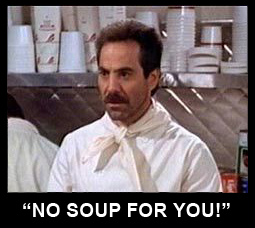Come on, dear readers, how often does your humble blogger, jaded by the world of workers’ compensation and made cynical by so many of those that dwell in it, have good news for you? Well, today is one of those days.
You remember the countless blog posts your humble blogger diligently prepared on the subject of Dubon can now be forgotten. The endless analysis done by your diligent attorneys on whether or not a particular UR decision can survive a merit-based challenge can now be stricken from your bill (just kidding). Why, you might ask? Has Greg started advocating civil disobedience? Is this a call to arms? Is this mad defense attorney seeking to violate 18 U.S. Code § 2385?
Relax, dear readers! Until there is a return of prohibition or a ban on coffee, your humble blogger will probably not be called for armed revolt. However, it is with great pleasure that I can report that the Workers’ Compensation Appeals Board, in an en banc decision, has revered most of its prior holdings with respect to the susceptibility of the UR process to non-IMR related challenges.
Basically, the WCAB held that “[a] utilization review (UR) decision is invalid and not subject to independent medical review (IMR) only if it is untimely.”
So, if UR denies the request for authorization in a timely fashion, even if the stated reasoning appears to be “quarter came up tails” the decision goes to IMR.
If the UR decision is not timely, then the injured worker still bears the burden of proving that the requested medical treatment is medically necessary.
Your humble blogger’s favorite quote from the latest Dubon decision? “The legislature has made it abundantly clear that medical decisions are to be made by medical professionals. To allow a WCJ to invalidate a UR decision based on any factor other than timeliness and substitute his or her own decision on a treatment request violates the intent of SB 863.”
So, like the bad guys in Lethal Weapon 2, UR can visit the legal world from the medical, make a bunch of applicants upset, and then claim diplomatic immunity, of sorts, subject only to IMR.
Now dear readers, what does that make you think? What does that make you feel? What does it make you think about what you feel?



